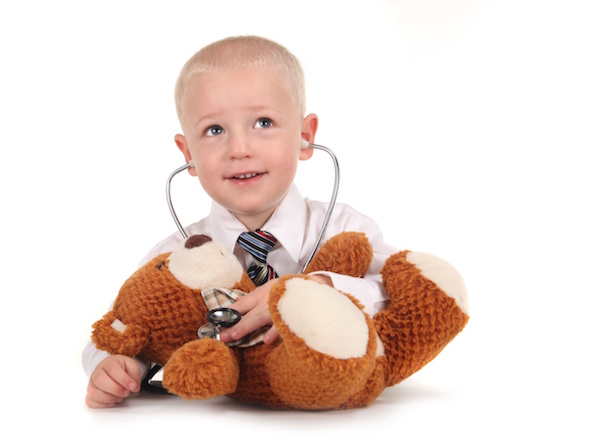
MONDAY, March 26 (HealthDay News) — Although the rate of Sudden Infant Death Syndrome (SIDS) dropped by more than 50 percent following the start of a U.S. campaign encouraging parents to put babies to sleep on their backs, new research suggests that risk factors other than “tummy sleeping” may explain why SIDS rates have not declined further.
Chief among those other risk factors are bed-sharing (where the baby shares a sleeping surface with a parent or parents), smoking exposure before and after birth, and having objects in the crib, the study revealed.
“It’s not that there are new risk factors; it’s that now not all babies are sleeping on their tummies, so other things can be uncovered,” explained study co-author Felicia Trachtenberg, a senior research scientist at New England Research Institutes, in Watertown, Mass.
The findings, culled from an analysis of 568 SIDS deaths that occurred in San Diego between 1991 and 2008, appear online March 26 and in the April print issue of Pediatrics.
Tummy sleeping is still the leading risk factor for SIDS, according to study co-author Dr. Henry Krous, director of the San Diego SIDS/Sudden Unexplained Death in Childhood Research Project at Rady Children’s Hospital.
Nevertheless, the Back-to-Sleep program, started in 1994, has made a huge difference.
“It has been the most successful program that one could imagine,” Krous said. “The incidence rates from SIDS have dropped dramatically in the United States, and similar public educational campaigns in Western Europe and Australia and New Zealand have had similar dramatic declines.”
The study found that the percentage of infants who died of SIDS who were found on their stomachs decreased from about 84 percent to 30 percent.
Certain environmental or genetic factors — including being black, male, premature or exposed to alcohol or smoking in the uterus — also made a baby more susceptible.
“Exposure to cigarette smoke, either when the baby is in utero or after the baby has been born, is a very important risk factor for SIDS,” Krous said.
Physical risks around the time of death included having the head covered; sleeping on an adult mattress, couch or playpen; soft bedding; bed sharing, and having cold symptoms.
Bed-sharing increased from 19 percent to almost 38 percent during the study period.
Dr. Carl Hunt, a research professor of pediatrics at the Uniformed Services University of the Health Sciences in Bethesda, Md., commented on the findings.
“The most striking thing is that SIDS mortality rates have fallen considerably over this period of time, and the prevalence of prone sleeping has decreased significantly,” Hunt said.
He noted that bed-sharing increased the most with infants younger than 2 months of age. The issue of bed-sharing has been very controversial, because of “concern that [an] across-the-board ban on bed-sharing could impede or impair the chances of successful breast-feeding.”
And, he added, “with women who breast-feed, it’s associated with a lower incidence of SIDS. It doesn’t mean that it’s causal, but there is a strong association.”
The study noted that even if all babies were placed to sleep on their backs from now on, SIDS would not be eliminated.
Overall, prevention efforts should shift in a new direction, the researchers concluded.
“The most important finding of our study is to not focus on a single risk factor to be avoided, but rather the avoidance of multiple risk factors simultaneously,” Krous said.
“Babies should not be bed-sharing while they are on their stomach and after they have been exposed or while they’re being exposed to cigarette smoke,” Krous said. “They shouldn’t be placed in environments that are excessively warm. They shouldn’t have their heads covered by a blanket. They should not be put on a soft sleeping surface.”
And, Trachtenberg added, “babies should sleep on their backs alone in the cribs, with nothing else in them: no blankets, pillows, bumpers, stuffed animals.”
She advised using blanket sleepers or swaddlers to keep babies warm.
“Even if you can’t achieve a perfect sleep environment for your baby, getting rid of some of the risk factors goes a long way,” Trachtenberg said.
Pacifiers might help, Hunt added. “The data would suggest that infants that are provided a pacifier on a consistent basis have a lower risk of SIDS.”
The experts agreed that despite gains, continuing awareness efforts are needed to reduce SIDS rates even further.
“There are still a lot of families that are not aware of what constitutes safe sleeping practices,” Hunt said. “These data would reinforce that’s still an issue, and it’s still a public health problem, that we need to do a better job of education.”
More information
The American Academy of Pediatrics offers a parent’s guide to safe sleep.

